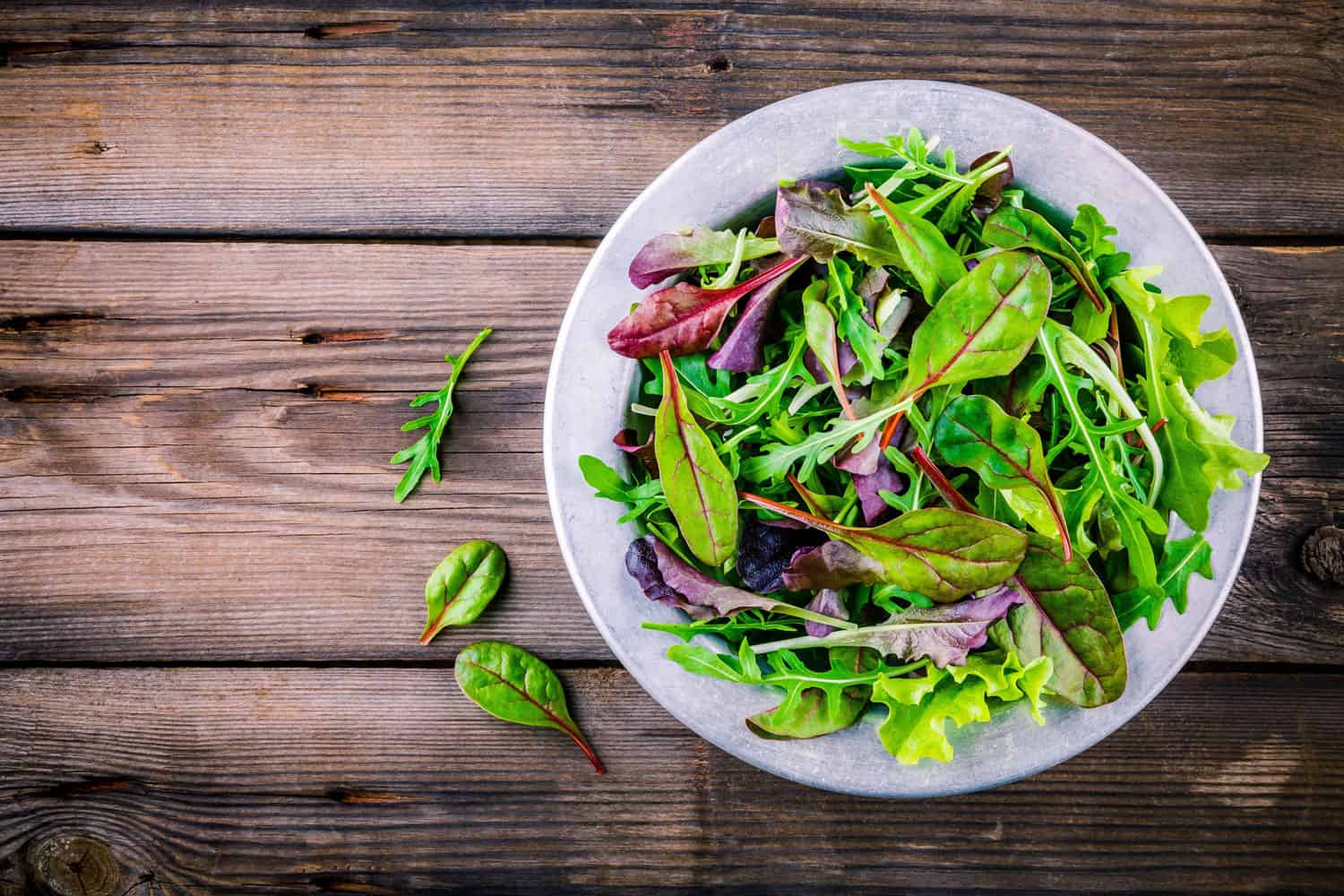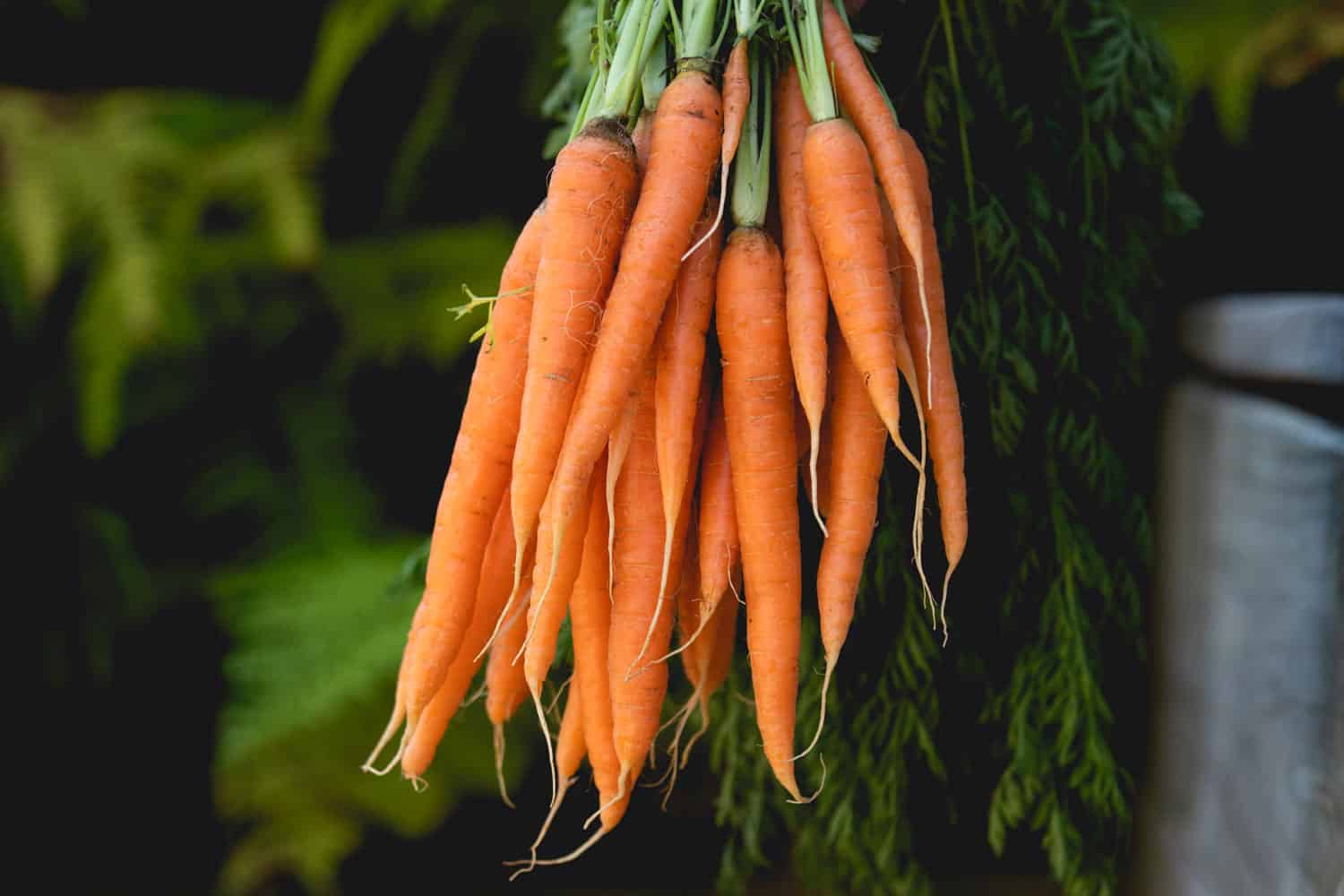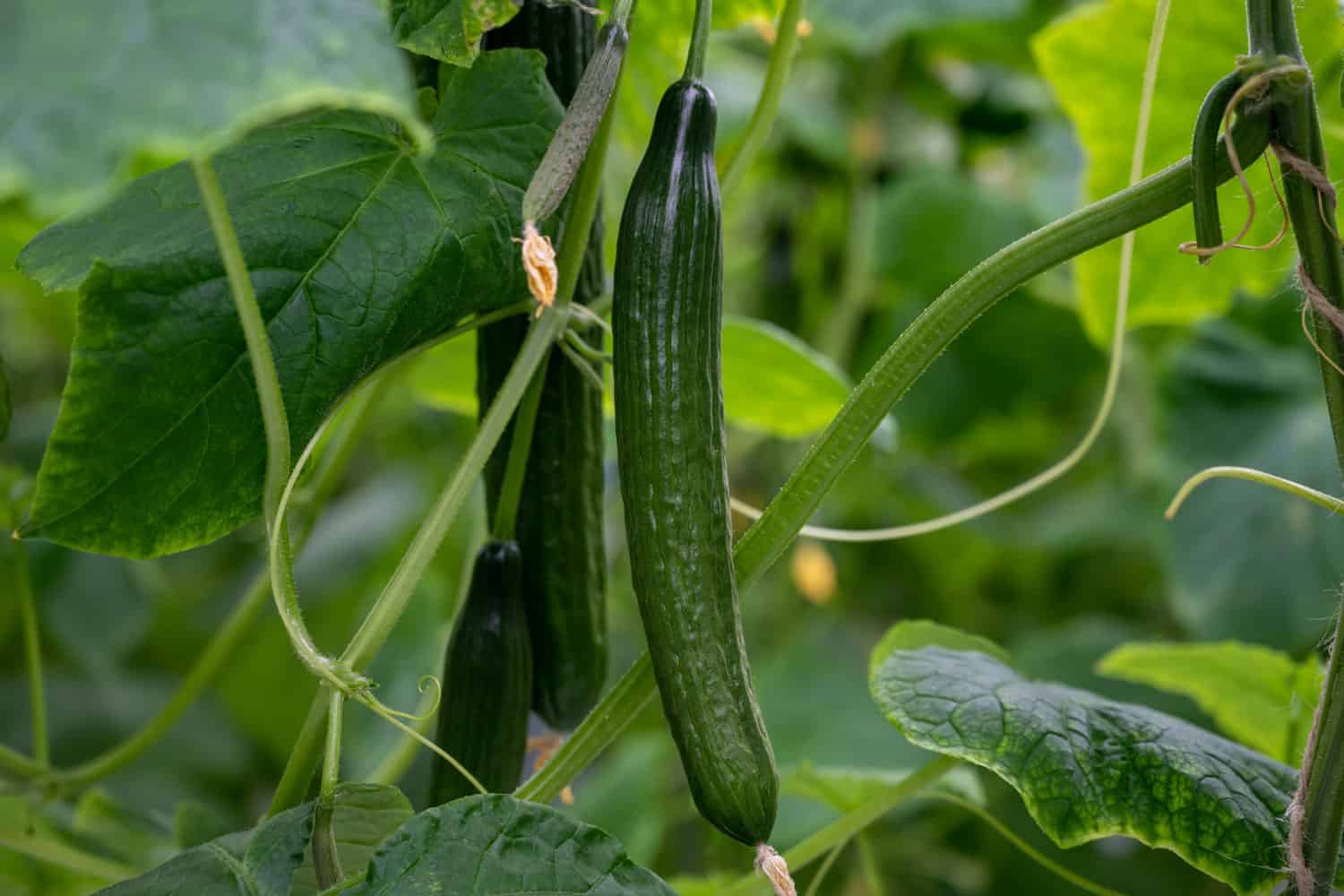If you're excited about gardening but don't want to wait too long to enjoy the fruits of your labor, you're in the right place. Fast-growing vegetables are a perfect match for gardeners eager for a quick turnaround.
Whether your gardening space is a small balcony or a large backyard, selecting the appropriate plants can significantly impact your gardening success.
Benefits of Growing Fast-Harvest Veggies
Growing fast-harvest vegetables can be advantageous for you as a gardener. Here are a few reasons why:
Immediate Gratification
You don't have to wait long to see the fruits of your labor. You could be harvesting veggies from your garden in less than two months.
If waiting isn't your strong suit, these quick growers are ideal. You'll see progress almost every day!
Frequent Harvests
You can enjoy multiple harvests in a single growing season. This is especially great if you love having fresh produce on hand.
Great for Beginners
If you're new to gardening, these veggies give you the confidence boost you need with their quick and visible growth.
Economical
You save money by growing your veggies and getting more bang for your buck by having successive harvests.
Educational
Fast-harvest veggies are perfect for teaching kids about gardening. They keep their interest with rapid changes.
Season Extenders
Fast growers can still provide a bountiful harvest if you miss the start of the growing season.
1. Radishes
Radishes are a fantastic choice for gardeners looking to add a quick-growing and flavorful vegetable.

Radishes, such as the 'Cherry Belle' or 'French Breakfast' varieties, are renowned for their peppery taste.
Under average growing conditions, radishes typically mature in about 21 to 28 days. However, the maturation period may extend to 42 to 49 days in colder weather.
To get started, sow the seeds directly in the garden, ensuring they're planted about an inch apart. Once they sprout, thin them to about two inches apart to give each plant enough space to grow.
You'll know they're ready to harvest when they reach about an inch in diameter and their vibrant tops begin to peek out from the soil, indicating they're the perfect size for a crunchy, fresh addition to your meals.
2. Salad Greens
Look no further than salad greens for those eager to add a swift and nutritious touch to their salads. These greens are quick to grow and rich in nutrients, making them a wholesome addition to your diet.

With its crisp and fresh appeal, lettuce is another speedy grower, ready in as little as 30 days. With various types available, from butterhead to romaine, it's perfect for everything from a classic Caesar to a simple garden salad.
And don't forget about Spinach, renowned for its rapid growth, particularly the smooth-leaf varieties. In roughly 38 to 55 days, you can harvest spinach leaves for salads, smoothies, or sautés.
With just a touch of patience, you can harvest fresh greens from your garden or balcony, adding a homegrown touch to your meals. Bon appétit!
3. Green Onions
Green onions are an excellent addition to any garden for those seeking a quick and rewarding growing experience. These little plants are fast growers and add a delightful zest to various dishes.

Remarkably, you can start harvesting green onions three to four months after planting – they're that speedy!
The best time to plant green onions is early spring, as soon as you can work the soil. They're pretty resilient and don't mind the cold.
To harvest, gently pull them out when their stalks reach the thickness of a pencil. For a milder flavor, you can harvest them when they're thinner.
Here's a helpful tip: trim the green tops immediately and leave the bulb in the ground to keep growing. This technique ensures a continuous supply of green onions.
4. Arugula
Arugula is a superb choice for garden enthusiasts looking for something that sprouts quickly and adds a peppery zest to their dishes.

Planting is straightforward: space the seeds about an inch apart, ensuring they're about a quarter-inch deep in a sunny, well-drained spot, although arugula can tolerate partial shade.
The best part? Arugula is ready for harvest in just 6-8 weeks after sowing. Harvest the young, tender leaves, ideally about 1-3 inches long, by snipping off the outer leaves and allowing the center to continue growing.
Although arugula is quite hardy, keep an eye out for pests like flea beetles and consider using a light mulch to retain moisture and suppress weeds.
5. Baby Carrots
Growing baby carrots in your garden offers a rewarding and satisfying experience, quite different from the store-bought kind, which are often just more minor cuts of full-sized carrots.

Actual baby carrots are harvested young for their tender texture and sweet flavor.
When planting, start by spacing the seeds about half an inch apart, and once they sprout, thin them to allow a couple of inches of space for each carrot to grow.
These delightful little carrots are typically ready for harvest around 12 to 16 weeks after sowing. Enjoy your homegrown baby carrots fresh, roasted, or as a healthy snack!
6. Bok Choy
This leafy green is versatile, perfect for adding a nutritional boost to salads, and stir-fries, and forgiving, making it an excellent option for beginner gardeners.

You can expect a quick harvest, typically around one month after sowing. The best time to harvest is when the leaves have fully developed but before the plant starts to flower.
When harvesting, cut the bok choy at its base to enjoy your quick, homegrown produce.
7. Turnips
Turnips are the fast-trackers of the garden, perfect for those seeking a quick and satisfying harvest.

These cool-season crops can transform from seed to harvest in just about 40 days, allowing you to enjoy the results of your gardening efforts quickly.
Young turnips are sweet and tender, ideal for adding a fresh twist to salads. If you allow them to mature longer, you'll have robust roots perfect for roasting or incorporating into hearty stews.
But don't overlook the greens! Turnip greens are a flavorful addition to your culinary repertoire. Harvest these greens when they are young for the best taste in your dishes.
8. Bush Beans
Bush beans offer a hassle-free alternative to pole beans, as they don't require staking, thus reducing your workload significantly. Their compact, bushy growth makes them ideal for limited spaces or container gardening.

Regarding harvest, you can expect most bush bean varieties to be ready within 50 to 60 days after planting.
They are ripe for picking when the pods are firm, and you can see the shape of the beans inside the pod.
One fascinating aspect of bush beans is that the more you harvest, the more they produce, so don't hesitate to pick them once ready!
9. Peas
Peas are an excellent choice to add a quick and rewarding crop to your garden.

Whether you prefer snow peas, snap peas, or shelling peas, these versatile pods are known for their rapid growth and delicious flavor.
For planting, the ideal time is early spring, as soon as you can work the soil. Peas thrive in cooler temperatures and even tolerate a bit of frost.
When sowing, plant the pea seeds about 1 inch deep and 2 inches apart in fertile, well-drained soil. Peas will require support as they grow, so setting up a trellis or stakes right from the start is beneficial.
When it comes to harvesting, the best time is in the morning after the dew has dried and the pods are plump. You can snap them off the vine or use scissors for a clean cut.
10. Cucumbers
Cucumbers are ideal for a quick and crunchy addition to your garden and salads. Start planting them after the frost risk has passed, as they thrive in warmth.

Plant the seeds about an inch deep and six inches apart in rows or containers for smaller spaces. Expect to harvest within 50 to 70 days, picking them when they reach your desired size for the best flavor.
To maintain moisture, use mulch and provide a trellis for support, which also helps protect against soil-borne diseases. Regular harvesting encourages more fruit production. Get ready to enjoy the freshest cucumbers in your salads!
Final Thoughts
Gardening can be a gratifying hobby, and there's something extra special about being able to harvest your produce so swiftly.
You've learned about various veggies that are quick to grow and can offer a continuous bounty with the right conditions and care.
Remember to:
- Keep soil consistently moist.
- Provide adequate sunlight.
- Harvest early for the best flavor.
And don't forget, your veggies don't require perfection. They need your caring attention. Sometimes, learning as you grow brings the best results.
Enjoy the process, share your harvest with friends, and relish the freshness that only homegrown veggies can offer.
Are you curious about gardening in small spaces or managing pests naturally? You might want to read our articles, '23 Vegetables That Have Shallow Roots' and 'Can You Use Pest Oil On Vegetables?'
These guides are packed with expert tips and insights for every gardener!
